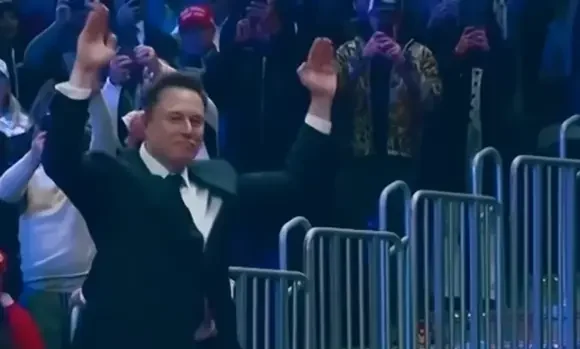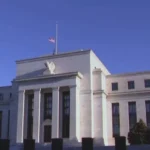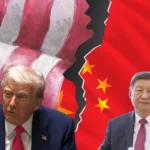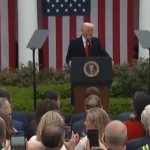It’s been or at least it looks like that the Trump-Musk sprint has halted somewhere.
DOGE adventures are in a surprisingly “That’s enough of it” phase.
In a surprising yet strategic move, Tesla CEO Elon Musk announced on Wednesday that he has concluded his tenure as a special government employee in the Trump administration. The billionaire entrepreneur, known for his bold ventures and unrelenting drive, shared the news via a post on X, signaling a return to his primary mission: revolutionizing the electric vehicle industry through Tesla.
Musk’s brief but high-profile stint in the administration saw him spearhead the creation of the Department of Government Efficiency (DOGE), a nod to his penchant for meme-inspired branding. Limited by law to a 130-day term as a special government employee, Musk expressed gratitude for the opportunity to contribute to streamlining government operations. “It’s been an honor to serve,” he wrote on X, “but now it’s time to get back to building the future with Tesla.”
The announcement comes at a pivotal moment for Tesla, which continues to dominate the electric vehicle market while facing intensifying competition and ambitious expansion goals. Musk’s departure from his advisory role is expected to allow him to refocus on Tesla’s innovation pipeline, including advancements in autonomous driving technology, the Cybertruck rollout, and scaling production at GigaFactories worldwide.
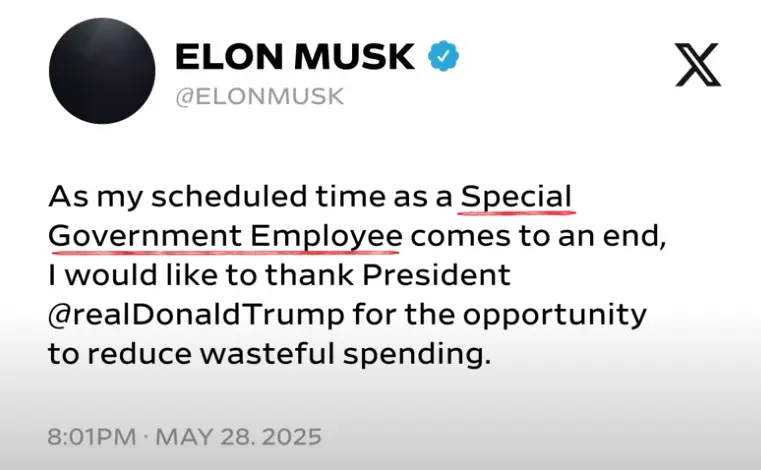
Analysts see Musk’s return to Tesla as a signal of renewed focus on the company’s long-term vision. “Elon’s ability to juggle multiple roles is legendary, but Tesla thrives when he’s laser-focused,” said industry expert Sarah Lin, an analyst at GreenTech Insights. “This move could accelerate Tesla’s next phase of growth, especially in AI-driven mobility.”

Musk’s DOGE initiative, while short-lived, sparked widespread discussion about government efficiency, with supporters praising its bold approach and critics questioning its practicality. Regardless, Musk’s exit underscores his knack for shaking up systems—whether in government or industry—before returning to his core passion: building cutting-edge technology.
During his brief stint in the administration, Musk spearheaded DOGE, an initiative credited with streamlining federal operations by eliminating redundant regulations, consolidating programs, and introducing AI-driven tools to modernize government systems. While DOGE’s reported achievements—such as cutting $1.2 billion in overlapping programs and improving processing times for services like veteran benefits—have stirred debate, Musk’s departure signals a clear shift back to his core mission: revolutionizing transportation through Tesla.
Tesla’s stock saw a modest uptick in after-hours trading following the announcement, a sign of investor confidence in Musk’s renewed focus. The company faces a critical juncture, with plans to scale production of the Cybertruck, expand its GigaFactory network, and achieve breakthroughs in full self-driving technology. “Elon’s ability to multitask is unmatched, but Tesla thrives when he’s all-in,” said industry analyst Sarah Lin of GreenTech Insights. “This could be a game-changer for their autonomous roadmap.”
Musk’s exit from the political sphere underscores his knack for disrupting systems—whether governmental or industrial—before returning to his passion for innovation. As Tesla gears up for its next chapter, shareholders and analysts are betting that Musk’s “laser focus” will electrify the company’s trajectory, cementing its dominance in the electric vehicle and autonomous driving markets. The road ahead, it seems, is charged with possibility.
As Tesla stock ticked upward in after-hours trading, the message is clear: Elon Musk is back at the helm, ready to charge toward the future of transportation. With his signature blend of audacity and innovation, the road ahead for Tesla promises to be as electrifying as ever.

